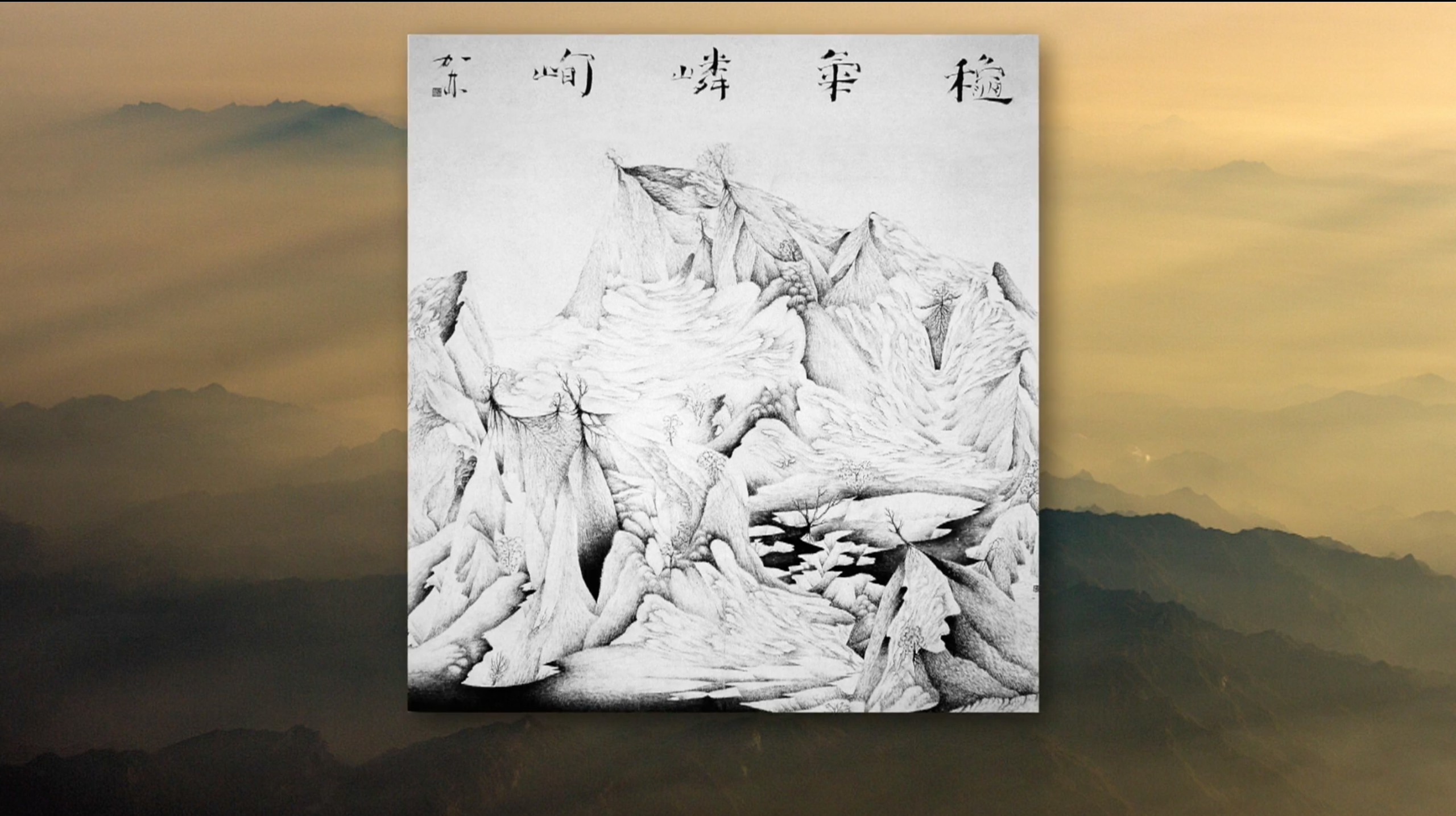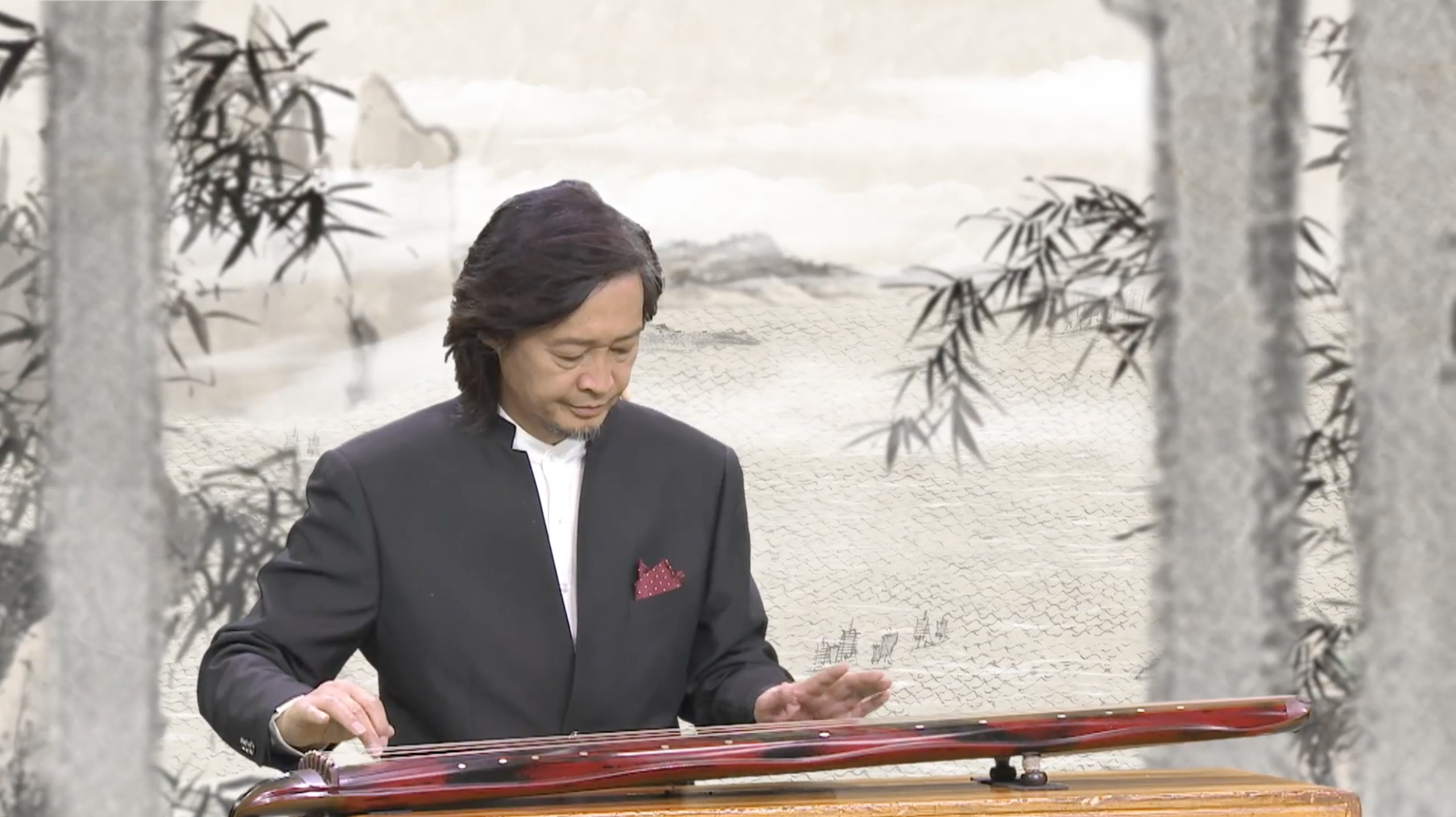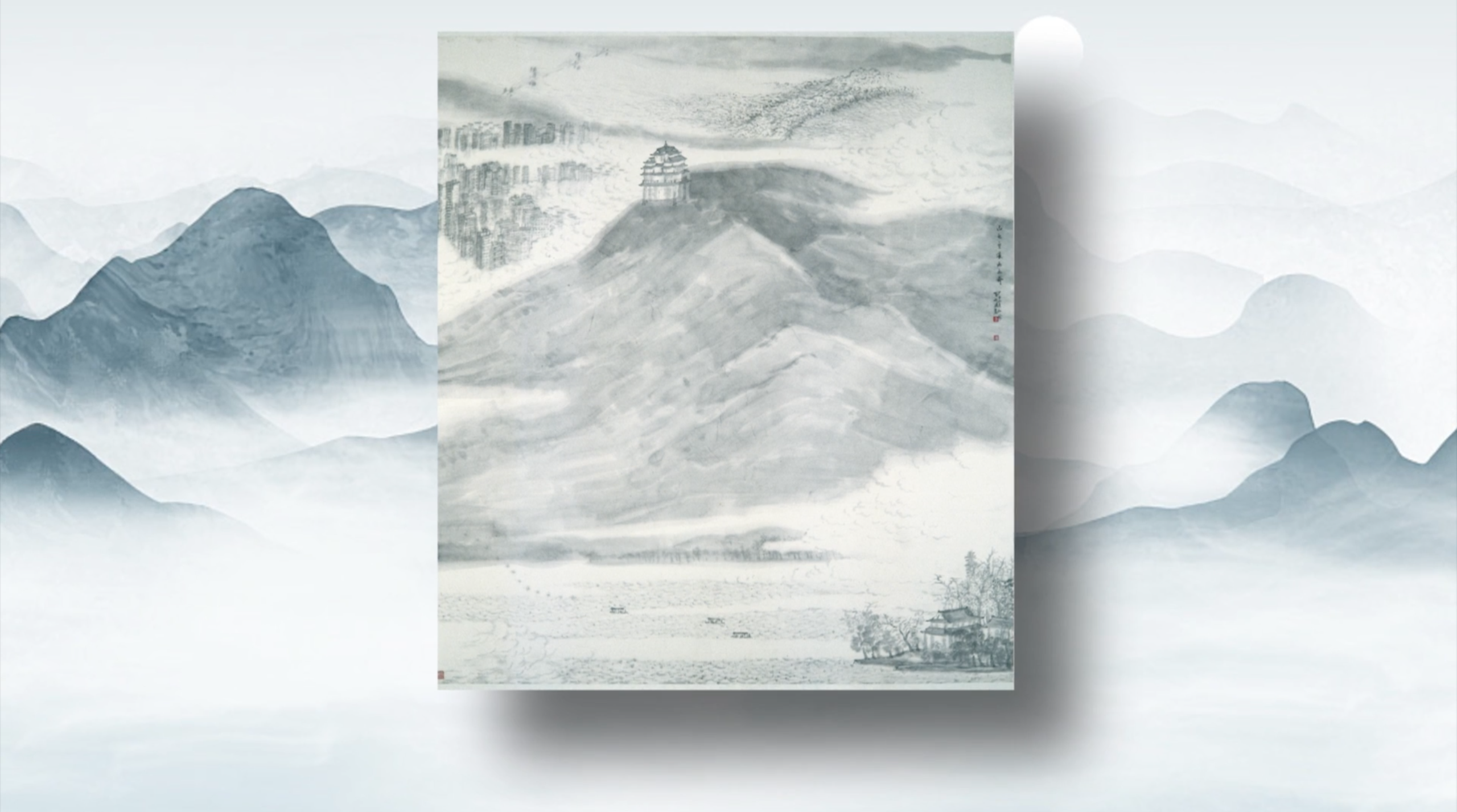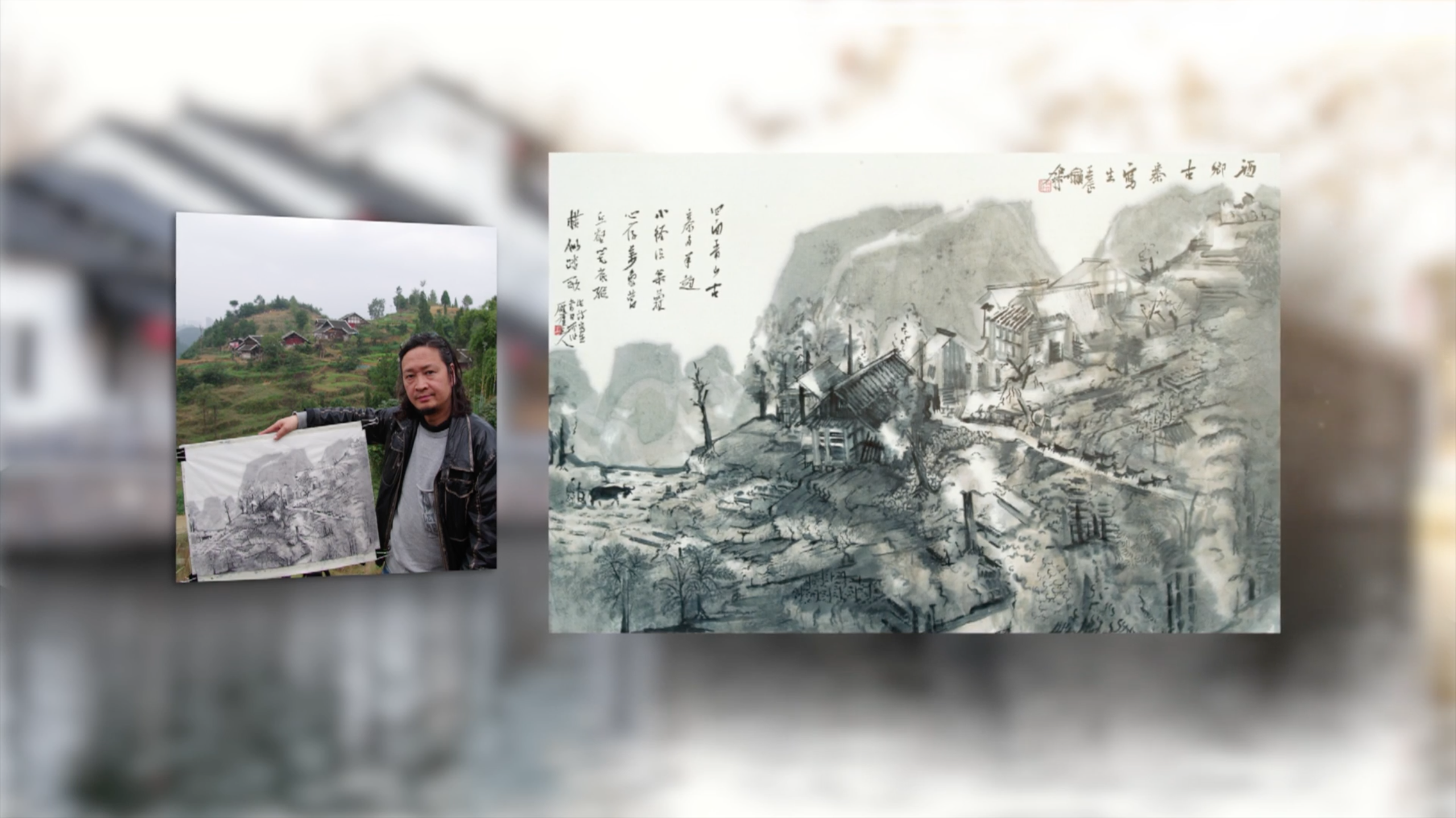From elaborate gardens in south China to the vast land in the north, acclaimed painter He Jialin amazingly captures the beauty of the country in his artworks. His paintings not only reflect its sweeping landscapes, but also show his deep love for, and attachment to, his homeland through finely-honed techniques and brushstrokes.
15:20

He Jialin was born in 1961 in Yangzhou, Jiangsu, but later moved to northwest China's Baoji in Shaanxi with his family, where he enjoyed a relatively carefree childhood. His artistic style was deeply influenced by his experiences as a young boy. "In winter, the peaks of the Qinling Mountains were white, and the lower part was grey. However, the Loess Plateau was white and yellow. That made me particularly sensitive to the beauty of nature," he explained.
He also became an avid reader of the monthly magazine "China Pictorial" from an early age and was attracted by the landscape paintings by Fu Baoshi and Li Keran. Diving into this genre, his early works depicted the area of northwest China where he lived as a child, including some award-winning pieces such as "The Soul of a Sacred Mountain" and "Ruggedness of Autumn."

He Jiailn's "Ruggedness of Autumn" pocketed the gold medal at the first Chinese Landscape Painting Exhibition in 1993. /CGTN
He Jiailn's "Ruggedness of Autumn" pocketed the gold medal at the first Chinese Landscape Painting Exhibition in 1993. /CGTN
He Jialin's journey into the world of landscape painting was tumultuous and full of challenges. In 1977, he graduated from high school and took up a variety of jobs to help pay the bills at home. Before becoming a recognized painter, he channeled his enthusiasm for landscape painting into his short novel "The Candle," about a self-taught amateur painter. "My heart was very bitter, because I could not see the future." he said, "I could only seek spiritual sustenance in the novel, with the candle being a symbol to express my expectations."

Chinese landscape painter He Jialin. /CGTN
Chinese landscape painter He Jialin. /CGTN
In 1979, after stumbling upon a newspaper advertisement encouraging students to enroll at Hangzhou West Lake Fine Arts School, 18-year-old He Jialin immediately signed up. He soon found that his painting skills were not up to scratch, but his hard work and perseverance eventually paid off. In 1984, he was admitted to what was at the time known as the Zhejiang Academy of Fine Arts, mainly focusing on Chinese landscape paintings.
From 1994 to 2004, He Jialin undertook his master's and doctorate degrees under the respective guidance from Tong Zhongtao and Zhuo Hejun, two masters of landscape art. His painting "Colors of a Misty Mountain" won the silver award at the 10th National Exhibition of Fine Arts, making a successful conclusion to his formal education.

He Jialin's doctoral graduation work "Colors of a Misty Mountain." /CGTN
He Jialin's doctoral graduation work "Colors of a Misty Mountain." /CGTN
In 2011, at the age of 50, He Jialin left Hangzhou and moved to the China National Academy of Painting in Beijing. In his later career as a landscape painter, he started emphasizing the role of traditional culture in creating artworks and shifted his focus to depicting quaint Chinese villages. In recalling one journey to a village in Lanxi, Zhejiang, about 20 years ago, he said: "I felt our ancient villages not only served as places in which to live, but also as a refuge for this kind of village culture and a poetic life."
During He Jialin's artistic development, he not only learned about the history and ancient civilization of Chinese villages, but also made new breakthroughs as he continued experimenting with his painting style. In order to portray the new look of these villages in a new era, he tried to present them with a visual language more laden with symbolism.
After visiting numerous hamlets and villages to learn about their long histories and draw sketches of their architecture and simple folk customs, He Jialin created a number of famous paintings including "Flower Bridge of Ethnic Village" and "Tan Village in the Rain."

He Jialin produced sketches of many ancient villages during his travels around China. /CGTN
He Jialin produced sketches of many ancient villages during his travels around China. /CGTN
Besides landscape paintings, He Jialin has also shown a deep interest in poetry and the guqin, a seven-stringed zither once favored by Chinese scholars. For him, music, especially traditional Chinese music, can offer inspiration and assist with his artistic cultivation. Thirty years of experience of playing the guqin gave him a deeper understanding of the relationship between music and painting. He believes the moments of silence between the sounds of the plucked strings are equally important, pregnant with artistic meaning and the power of imagination. This is similar to the art of painting, where blank spaces create a void the viewer can fill with their imagination.
With his outstanding painting skills and profound knowledge of Chinese culture, He Jialin's artworks reflect the natural beauty of China, as well as the richness of the artist's mind and soul. He keeps using his brush to capture these charming old villages and represent people's deep ties to their homeland.